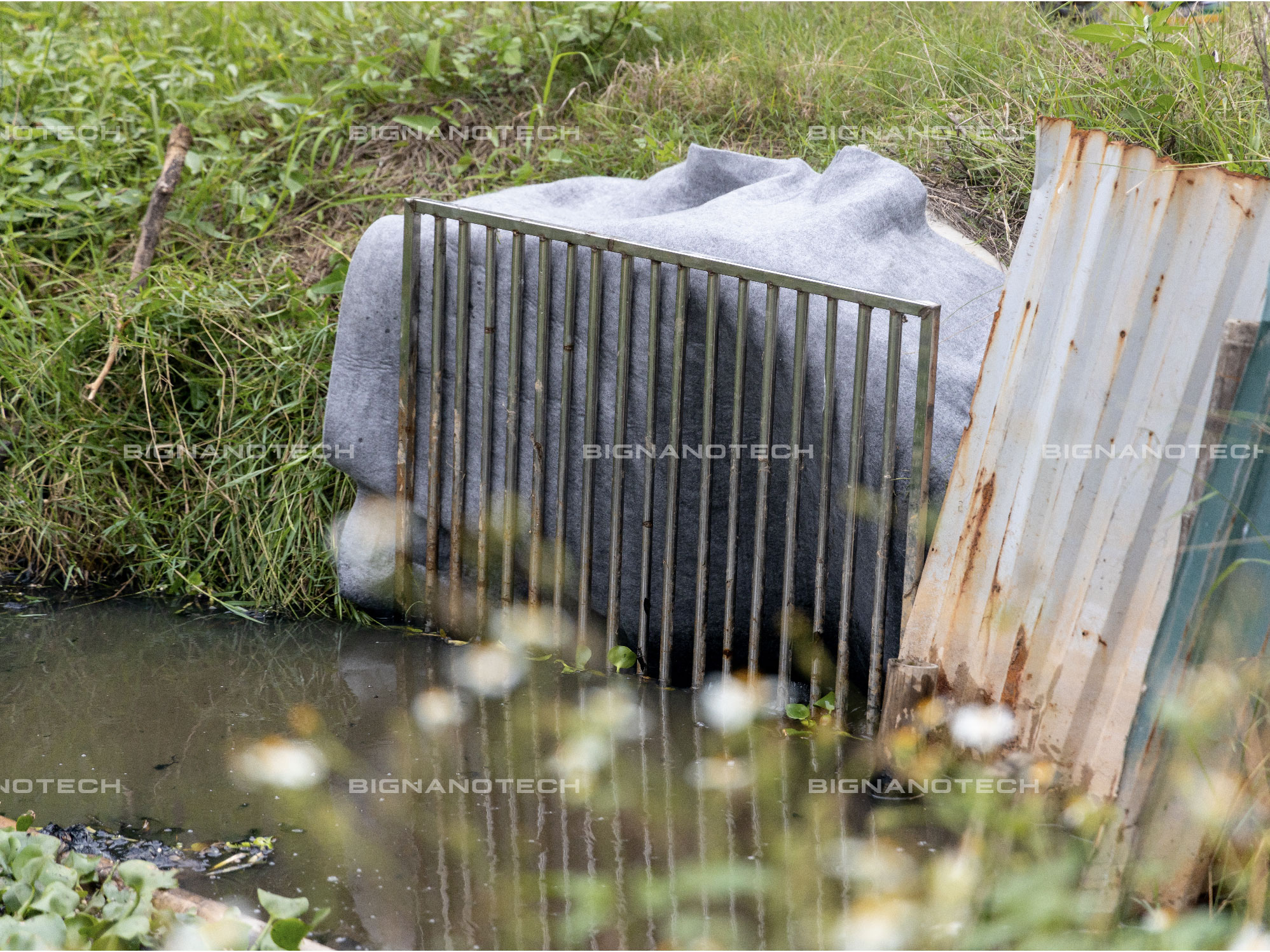Oil is an ancient fossil fuel that we use to heat our homes, generate electricity, and power large sectors of our economy. But when oil accidentally spills into the sea, it can cause major problems. Oil spills can harm marine life, ruin a day at the beach and make seafood unsafe to eat. It takes sound science to clean up oil, measure the impact of pollution, and help oceans recover.
What is oil?
Crude oil, the leftover liquid of ancient plants and animals, is a fossil fuel used to produce a variety of fuels and products. Oil is found below ground or on the ocean floor in reservoirs, where oil droplets are in "holes" or holes in rocks. After drilling down and pumping the crude out, oil companies transport the crude by pipeline, ship, truck, or train to processing plants known as refineries. There, it is refined so that it can be made into various petroleum products, including gasoline and other fuels, as well as products such as asphalt, plastics, soaps and paints.
How did the oil spill happen?
Oil spills are more common than you think, and they happen in many different ways. Thousands of oil spills occur in US waters each year. Most of these spills are minor, for example when oil spills while refueling a ship. But these spills can still cause damage, especially if they occur in sensitive environments, like beaches, mangroves, and wetlands.
A major oil spill is a big, dangerous disaster. These tend to happen when pipelines burst, large tankers sink, or drilling goes wrong. The consequences for ecosystems and the economy can be felt decades after a major oil spill.

Where did the oil spill happen?
Oil spills can happen anywhere oil is drilled, transported, or used. When an oil spill occurs in the ocean, the Great Lakes, on the coast, or in rivers flowing into these coastal waters, NOAA experts can be involved. The mission of the Office of Response and Recovery is to develop scientific solutions to keep shorelines clean from threats from oil, chemicals and marine debris.
How do oil spills harm or kill ocean life?
Where the oil spills, what plants, animals and habitats are found there, the amount and type of oil, among other things, can affect how harmful an oil spill is . In general, oil spills harm ocean life in two ways:
Contamination or oiling: Contamination or oiling occurs when oil harms plants or animals. Oil can coat a bird's wings and make it impossible for them to fly or lose the insulating properties of sea otters' feathers, putting them at risk of hypothermia. The level of oiling often affects an animal's chances of survival.
Oil toxicity: Oil is composed of various toxic compounds. These toxic compounds can cause serious health problems like heart damage, growth retardation, immune system effects, and even death. Our understanding of oil toxicity has been expanded by studying the impact of the 2010 Deepwater Horizon oil spill.
Wildlife recovery, cleanup, and rehabilitation are often an important part of oil spill response. However, wildlife is difficult to find and catch, oil spills can be widespread, and some animals (such as whales) are too large to recover. Unfortunately, rescuing all of the wildlife affected in the oil spill is impractical.

